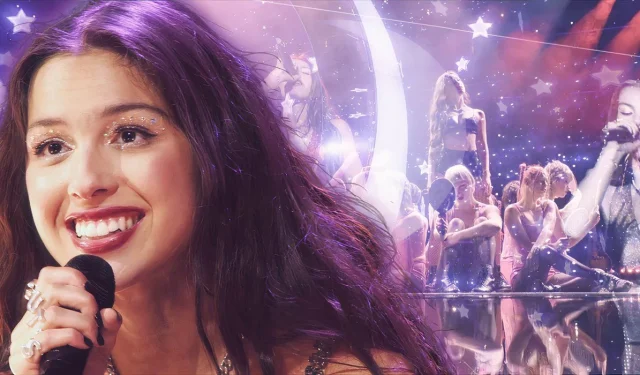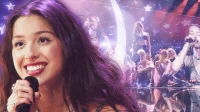The term “pop daughter”has emerged as a defining phrase in the contemporary music landscape, encapsulating a trend where emerging artists draw inspiration from the successes of their predecessors. Over the past few years, a wave of fresh talent has burst onto the scene, capturing the attention and excitement of pop music enthusiasts. Prominent figures like Olivia Rodrigo, Sabrina Carpenter, and Chappell Roan have made significant contributions, uniquely shaping the sound and style of the 2020s.
While Rodrigo, Carpenter, and Roan have attained remarkable success at a young age, they each navigated their share of struggles before breaking into the industry. Undoubtedly, their achievements are rooted in the influences of iconic musicians who paved the way for them. This cultural exchange has given rise to the term “pop daughter,”a descriptor that signals these modern artists’ connections to their musical predecessors.
Understanding the Meaning of “Pop Daughter”
Current Pop Artists and Their Influences

The label “pop daughter”is used by social media users to imply that a contemporary artist mirrors the qualities or style of a musician from a prior generation. Historically, every wave of musical talent has been influenced by those who came before. For example, when Britney Spears first emerged, she was frequently compared to legends like Madonna and Janet Jackson—artists she admired throughout her childhood.
Similarly, Lady Gaga faced early comparisons with Madonna, particularly due to their shared penchant for dramatic performances and captivating visuals. However, the concept of the “pop daughter”has gained momentum in recent years. As artists like Rodrigo, Carpenter, and Roan dominate the charts, they exemplify traits reminiscent of pop royalty from previous decades.
Identifying the New Wave of Pop Descendants
The New Generation Influenced by 2010s Icons
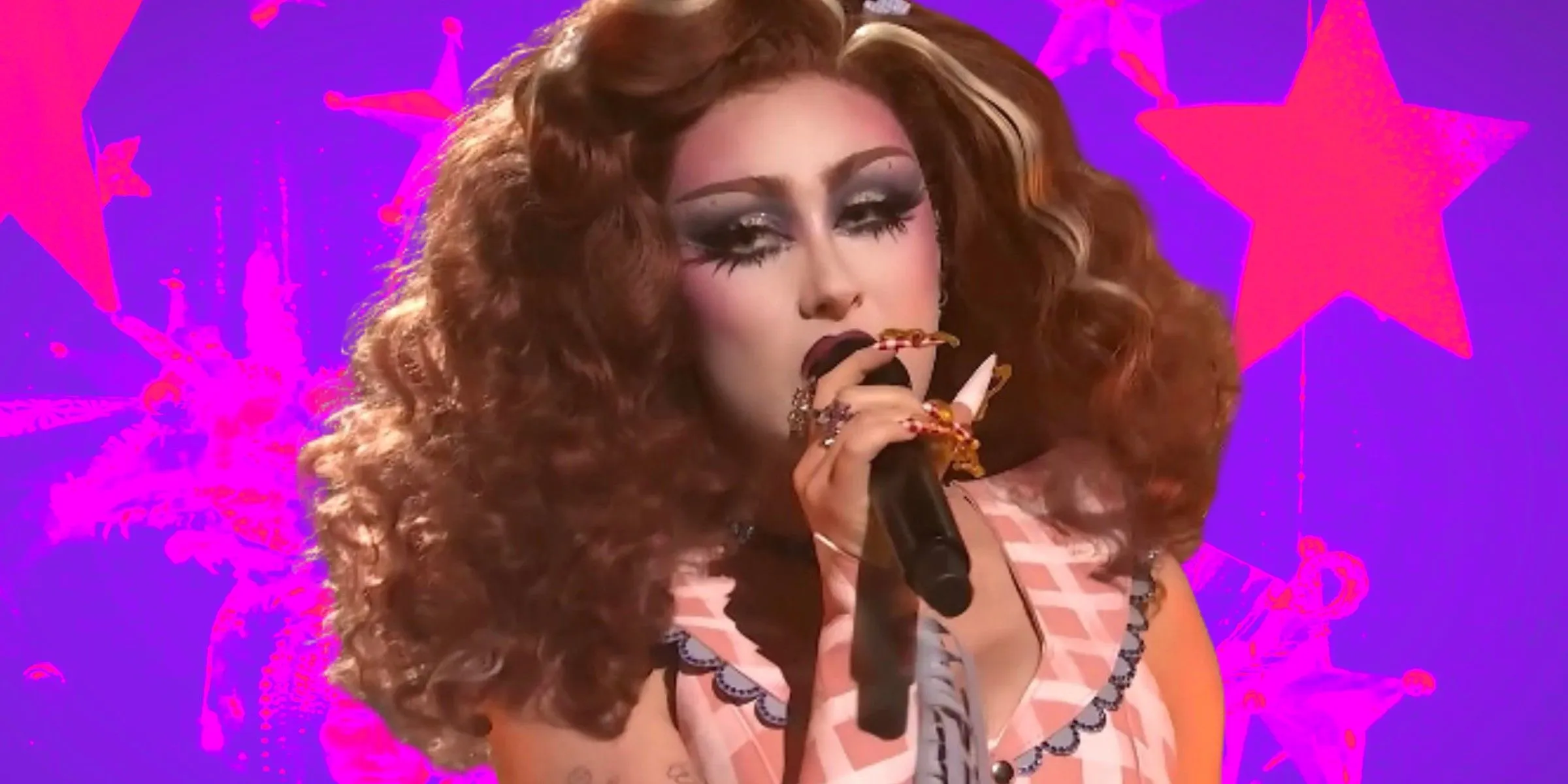
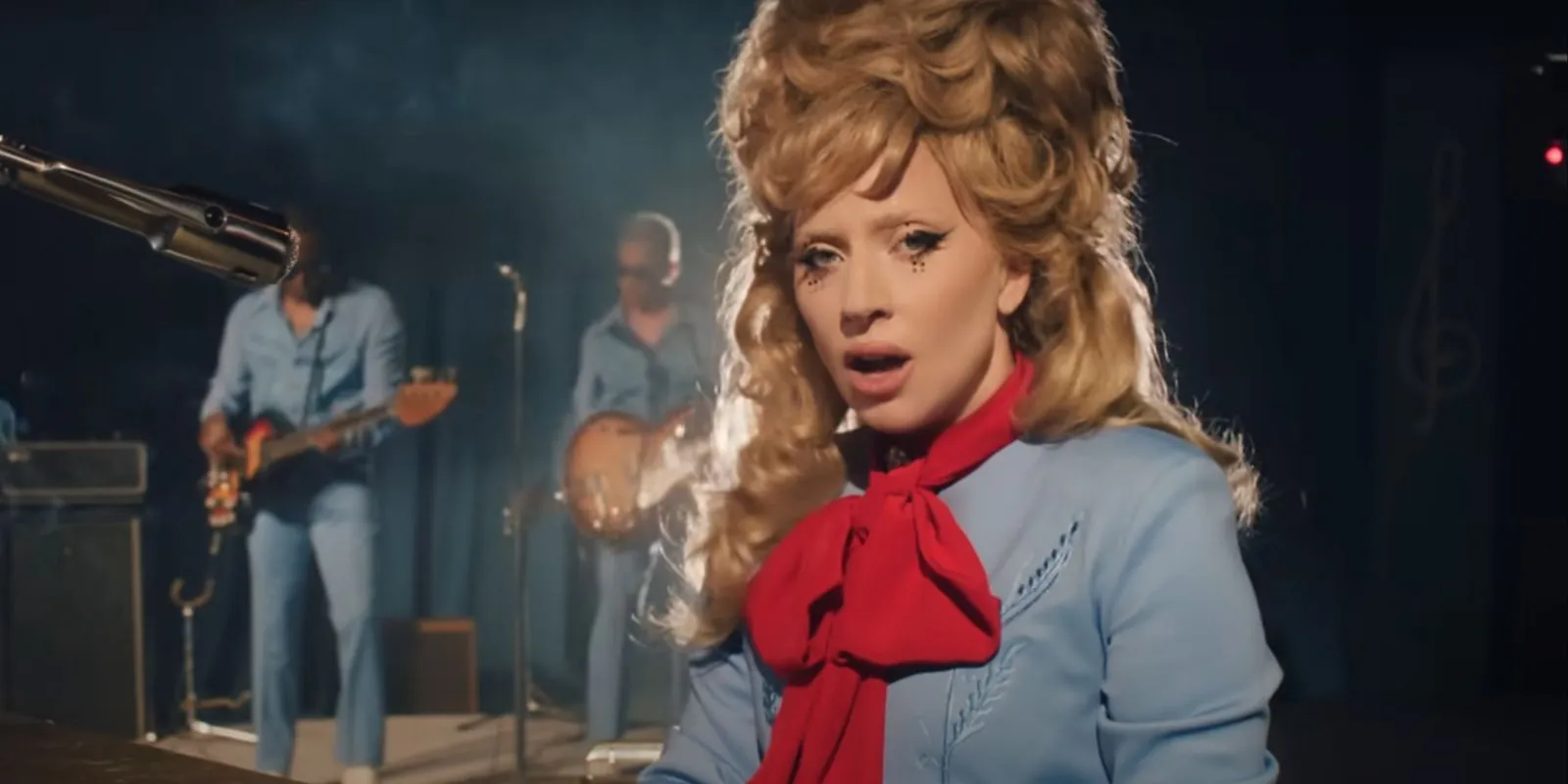
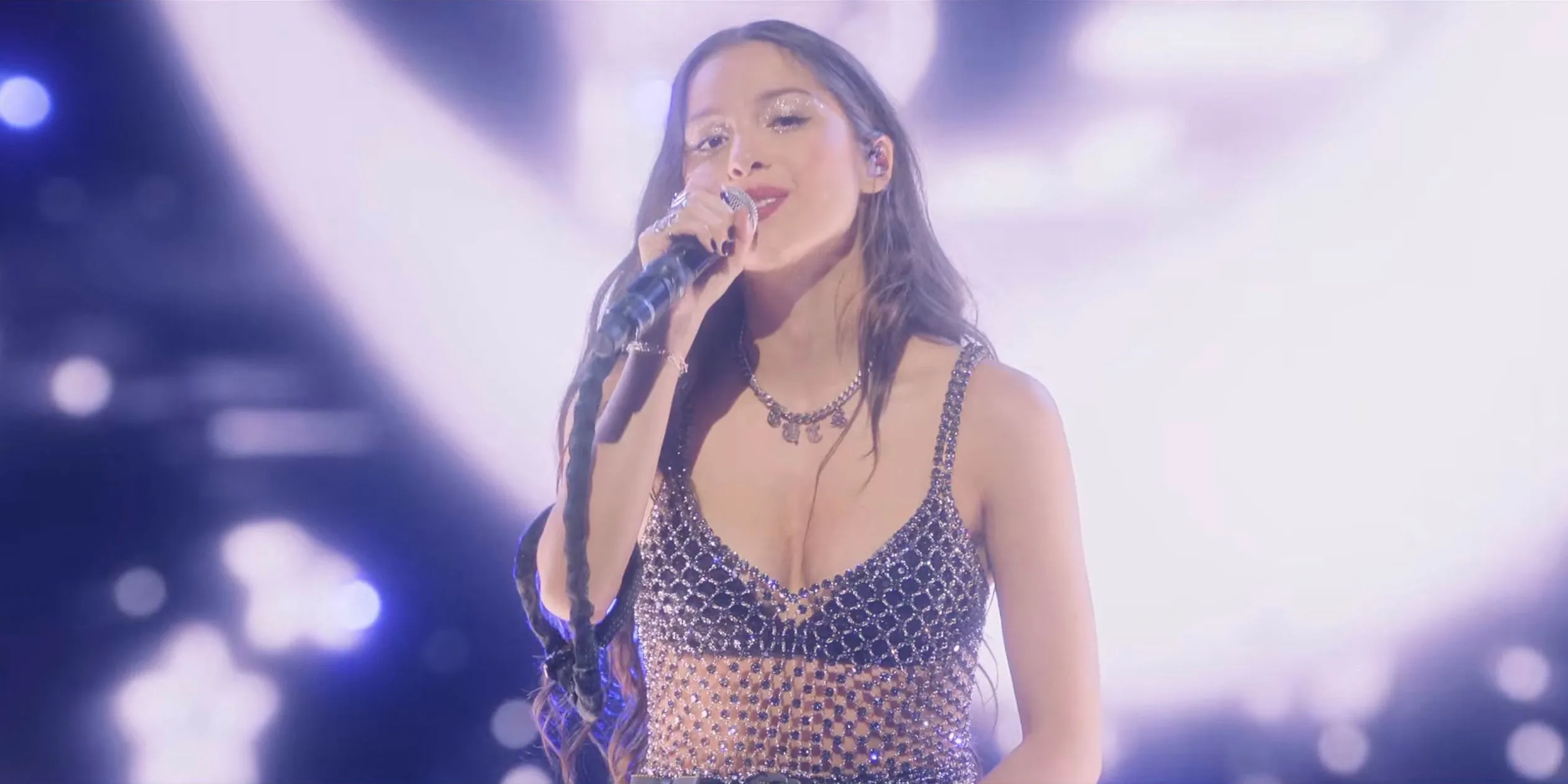
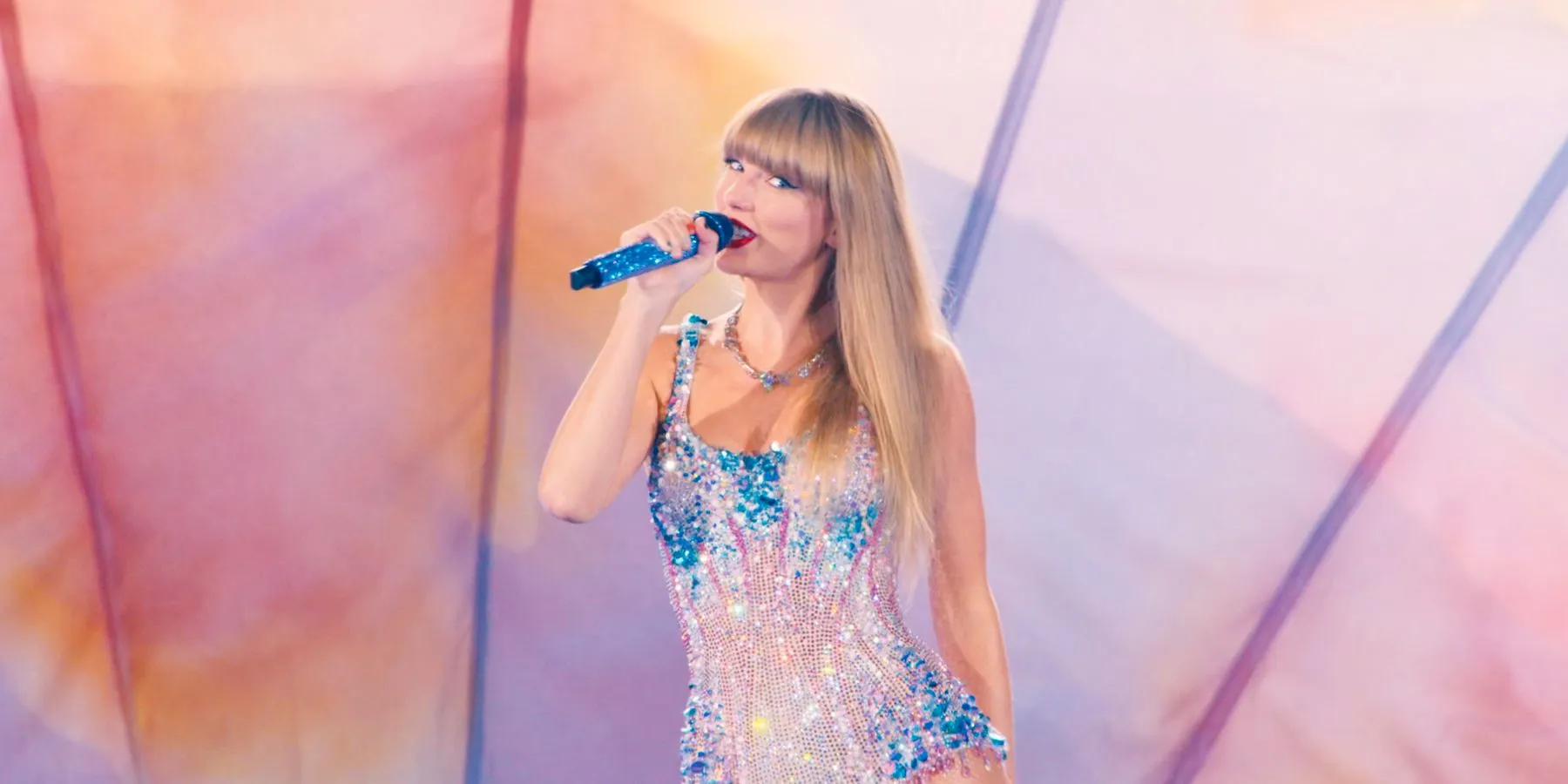
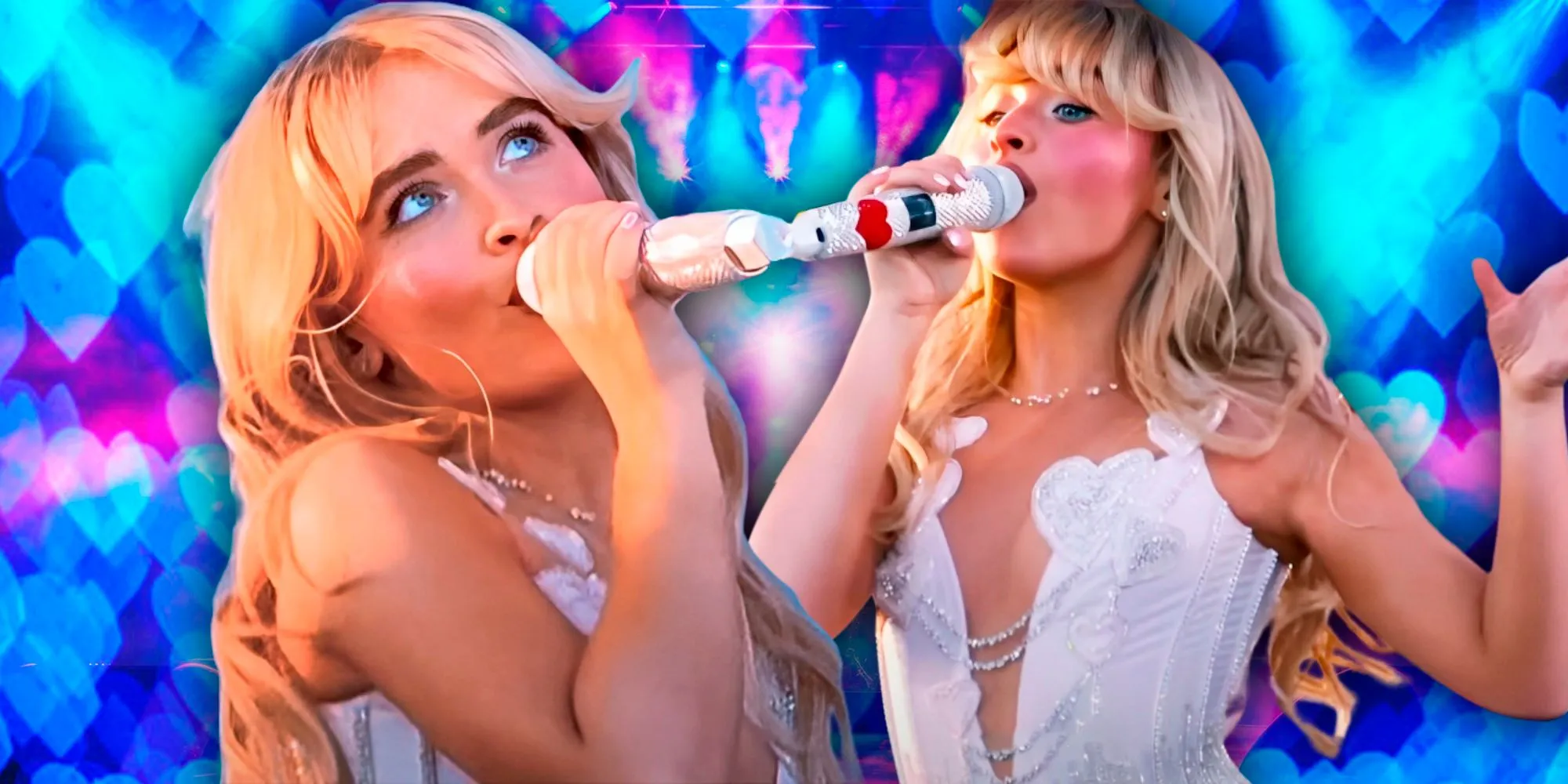
When Olivia Rodrigo released her breakout single “drivers license,”the parallels to Taylor Swift became instantly apparent. Both artists tapped into the emotional landscape of teenage heartbreak, but they approach their music from different angles—Rodrigo infuses rock elements into her work, drawing inspiration from artists like Avril Lavigne and Gwen Stefani while still evoking a Swiftian vibe in her performances. Notably, during her recent appearance at Lollapalooza Chile, many observers noted the strong resemblance to Swift’s early performances.
Fans have drawn attention to TikTok videos that juxtapose Rodrigo’s performances with Swift’s, underscoring the generational connections in their artistry. Rodrigo’s ability to incorporate an edgy persona while building on Swift’s influence highlights her unique position within the industry.
Sabrina Carpenter also finds herself compared to Taylor Swift, as her songwriting journey aligns closely with the pop icon’s influence. However, Carpenter’s work often channels the essence of Ariana Grande, especially in her R&B-inflected tracks. Additionally, her playful persona mirrors aspects of Katy Perry’s style from the “One of the Boys”era.
Video Linkhttps://www.youtube.com/watch?v=fcVUbmdQfaE
Chappell Roan brings a dynamic flair to the stage with an artistic identity steeped in the LGBTQ+ community and drag culture, echoing elements of Lady Gaga’s influence. The conversations over who might carry the legacy of Britney Spears continue to evoke fervent debates, particularly around figures like Addison Rae and Tate McRae, both of whom showcase remarkable dance talent.
Despite these ongoing discussions, the consensus remains that these new artists do not merely replicate their predecessors; rather, they build upon the foundation laid by those who came before them, crafting their unique identities within the music landscape.
The Controversy Surrounding the “Pop Daughter”Label
The Mixed Reception of the “Pop Daughter”Term
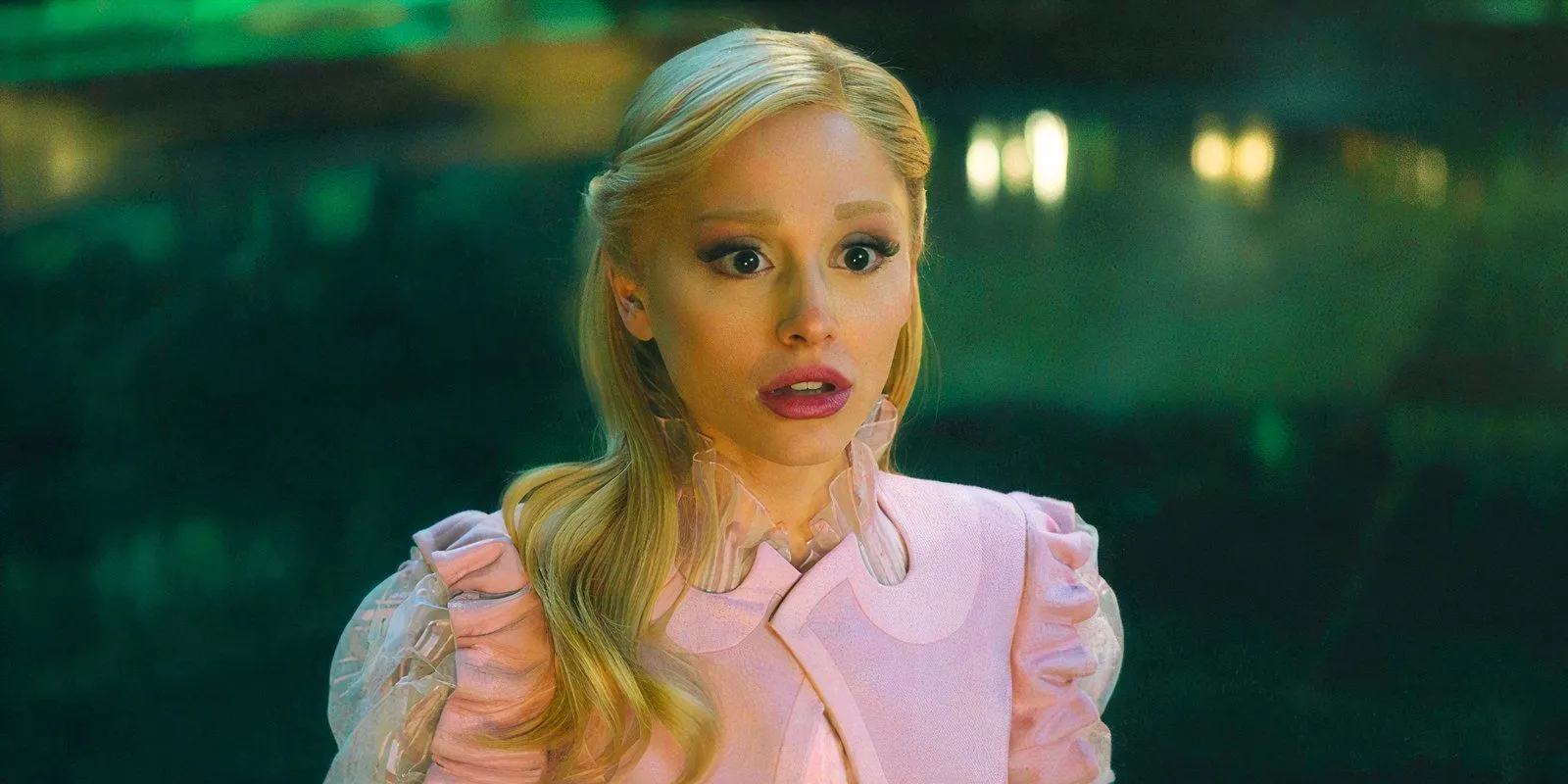
While the “pop daughter”label attempts to encapsulate the connections between artists, it is not universally embraced. For instance, some fans of Olivia Rodrigo argue that linking her to Taylor Swift undermines her individuality and talent, suggesting that it implies a lack of originality. On the flip side, there are Swifties who worry that Rodrigo’s rising popularity suggests a potential threat to Swift’s standing in the industry.
This pattern of comparing artists can feel redundant, as music fans tend to highlight similarities rather than celebrate individuality. However, it is essential to recognize that every musician is shaped by the influences they admire. As a new cohort of artists emerges, it’s clear they are crafting their paths, grounded in the legacy of 2010s stars. The continuation of established artists like Lady Gaga, Ariana Grande, and Taylor Swift, however, ensures that the pop landscape is rich with talent and diversity.
Ultimately, the ongoing success of these seasoned stars serves as testimony to their impact, illustrating that the new generation is not only honoring their legacy but also redefining what it means to thrive in the music industry today.
